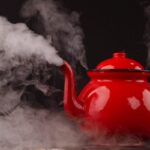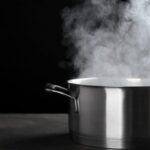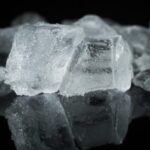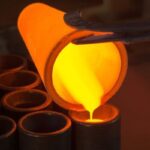We explain what the liquid state is and what the physical characteristics of this state of matter are. Examples of liquids.
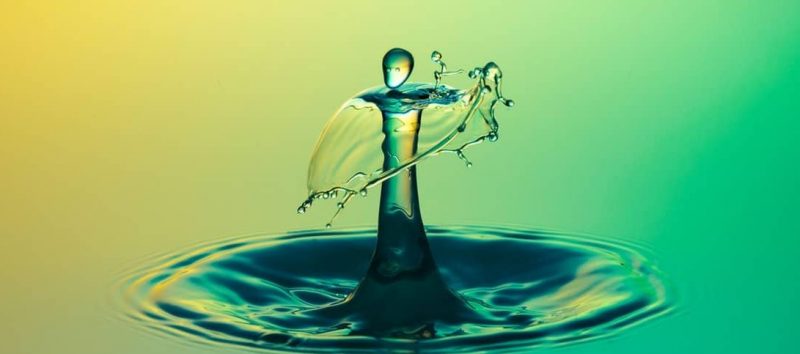
What is the liquid state?
A liquid state (or simply liquids) is called a state of matter that is considered intermediate between the solid and gaseous states since its particles are close enough to maintain minimal cohesion, while dispersed enough to allow fluidity and shape change.
The particles of a liquid compound are farther apart than those of a solid compound, but closer together than those of a gaseous compound. For this reason solid compounds are rigid and gases are dispersed. For a solid to become a liquid, it is necessary to supply it with heat energy until fusion occurs. On the other hand, for a gas to become liquid, it is necessary to subtract heat energy from it until condensation occurs.
Another way to make a compound pass from one state to another is by varying the pressure conditions. For example, if the pressure of a gas is increased, maintaining a certain temperature, its particles will begin to approach each other, they will begin to interact and it will probably pass into the liquid state.
Many compounds remain in a liquid state at normal temperature (25 ⁰C). An example of this is water. But by lowering their temperature by removing heat, they can become solids through freezing or solidification. On the other hand, by increasing their temperature by supplying heat, they can become gases by evaporation.
See also: States of matter
Physical characteristics of the liquid state
Matter in a liquid state has the following fundamental physical characteristics:
- Shape. Liquids do not have a defined shape, so they take on the shape of the container in which they are contained. A glass of water will have the shape of the glass, but a falling drop of water will have a hemispherical shape due to the surface tension of this liquid and gravity.
- Fluency. It is an exclusive characteristic of liquids and gases, which allows them to pass spontaneously from one container to another. This can occur through narrow channels or a variable shape, since the liquid particles, being shapeless, can slip, move and slide.
- Goo. The viscosity of liquids is their resistance to flow and deformation. This occurs due to the internal forces of its particles, whose action slows its deformation when it is poured or dropped. Thus, more viscous liquids (such as oil or tar) flow slowly, as their particles adhere more to each other. In contrast, liquids with low viscosity (such as water and alcohol) flow quickly.
- Adherence. Liquids can stick to surfaces. An example of this is the drops that remain on objects after being immersed in a liquid.
- Surface tension. It is a property of the surface of liquids. It consists of the resistance that liquids have to increase their surface area per unit area. This explains why some liquids take on certain shapes, such as the spherical shape of water droplets. Also due to surface tension, liquids have resistance to the penetration of objects up to a certain margin, as if it were an elastic layer. For this reason, some insects “walk” on water and the fallen leaves of trees remain on it without sinking. Surface tension is directly linked to density.
- Density. It is the amount of mass found in a certain volume of a substance. Density and cohesive forces (forces that hold particles of solids and liquids together) are closely related. Cohesion is less in liquids than in solids, but it still allows them to occupy a certain volume in space.
Examples of liquid state
Some examples of matter in a liquid state are:
- The water. The most common substance on our planet and the universal solvent of known matter. It is the liquid par excellence at room temperature. There may be numerous dissolved substances in it, but its state of liquidity is preserved.
- The mercury. The only metal that remains liquid at room temperature, forming perfect drops of shiny silver color.
- The urine. Urine is a yellowish liquid with a high content of urea and ammonia, in which toxic waste and metabolic waste are expelled from the body.
- Milk It is a nutritional substance that female mammals secrete through their mammary glands. It is a white liquid rich in fats.
- Gasoline It is one of the most popular petroleum derivatives. It is a substance rich in hydrocarbons and highly combustible, which makes it an input for engines and other devices that generate movement or electricity.
- Sulfuric acid. It is a type of acid commonly used in laboratories. It has a very high level of corrosiveness and can be very harmful in contact with living organic matter.
References
- “General Physics” by Santiago Burbano de Ercilla, Carlos García Muñoz. (books.google.es). Page 295.

